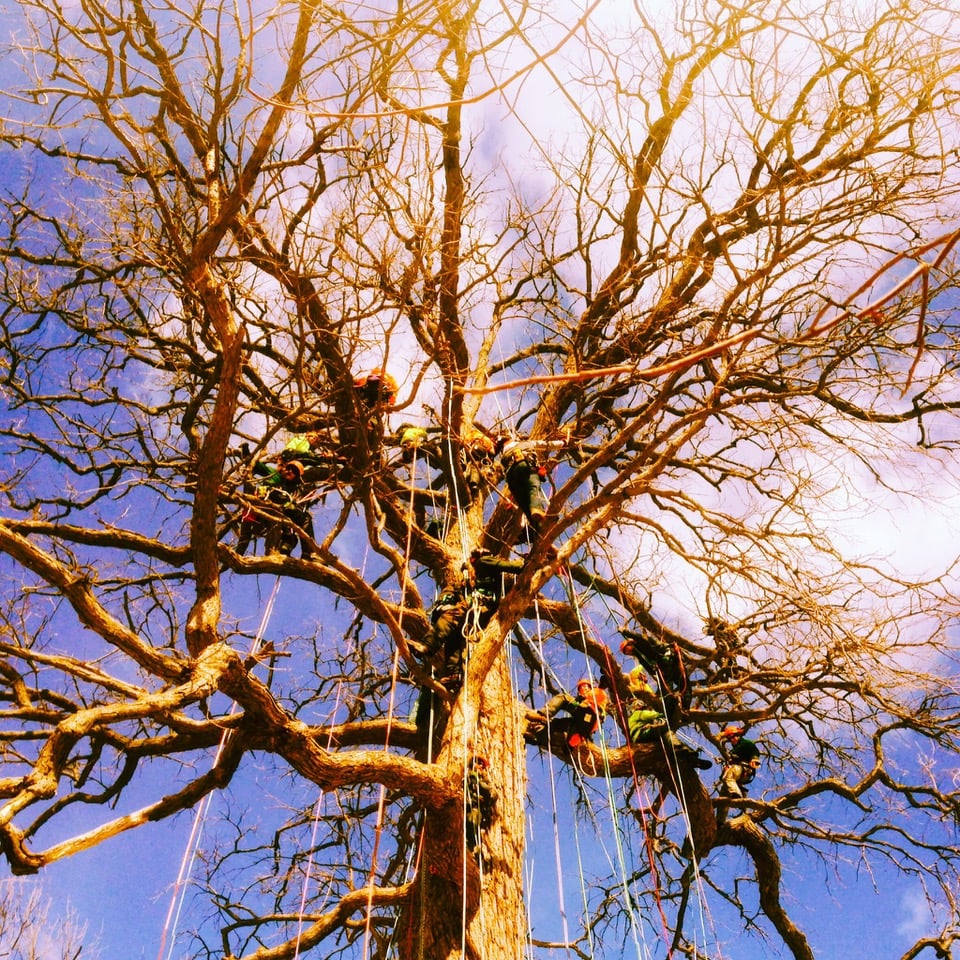Most Recent
Subscribe To Receive Our Blogs
Popular Stories
Popular Tags
Arborist General Interest Business Arborist Gear Skills Training Events Tree CareIt doesn’t matter where you are in Canada or who you work for as an arborist when it comes to the challenge of keeping good help. The industry has struggled to retain and retrain skilled workers, and I know many people who would go to great lengths to tell me why that is. I too have felt the urge to chime in with my colleagues after enduring the frustrating loss of an experience tree worker or a tree worker in early development. Venting is sometimes healthy, ideally directed to company equipped to handle it. I’ve seen how my own laments can have a ripple-effect on people in other work places far from mine, I didn’t like how that turned out. The hand-wringing approach is ineffective as a positive change agent, if positive change is what you’re after.
If you have the choice to make our future workplace a healthier one, why not start today? Like being the kind of mentor to new workers that we wish we had ourselves. If you hadn’t already connected the dots, those new workers are going to become the next generation of owners, trainers, managers, directors and professors. Every micro-aggression or unsafe work procedure aimed at a new worker sets the entire industry back from becoming a safe and comfortable workplace sooner. Every opportunity held back from a new worker is one step closer to their leaving the trade and never looking back.
Many “gatekeeper” arborists hold narrow views of what the model arborist is that we are trying to train. If we train with a fondness for the year 1985 in tree care, you can be sure your team will have the skills to succeed in the marketplace of 1985. In most mature tree care markets, it’s 2018. That’s not suggesting that 1985 isn’t important in the evolution of tree work, only that we shouldn’t strive for nostalgia to the extent that it imperils the future workplace. Those that keep busy by scapegoating differences along the lines of generation, gender, culture, body type, or region will be continuing to do so until the “talent” pool is depleted leaving only their likeminded competitors.
You as an individual hold many keys to making the workplace better than how you found it. By encouraging a safe learning environment and seeking out the right way to do the task with your trainee rather than winging it with not-so-common sense. And by modeling professional practices and conduct day in and day out, humanizing your coworkers and recognizing they are more than a tool in your truck.
You as an individual have a big part in the public’s perception of our job as Arborists, our future career longevity, and future earning potential. Each time you produce work for a customer, your personal signature is left on the customer’s service experience and often as an artifact when pruning trees, planting trees, or making a case for tree retention.
You as an individual can help us arborists or hurt us arborists when sharing your opinions out in the open. Like opinions on what you think about college arborist programs. Or your opinions on women having careers in tree work and earning equal wages to men. Or the language you use when talking about your competitor arborists or municipal arborists. Or your comments about professional organizations, credentials, and training. Help make it better.
- Gary Oaks




